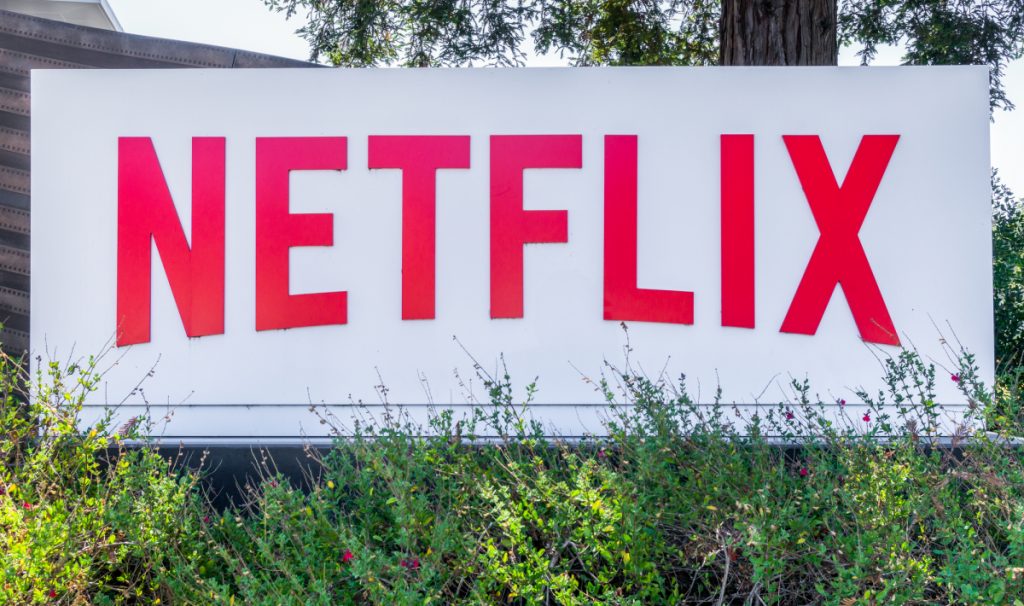We’ve all heard the term, “In business, you’ve got to take risks.” However, for many people, that is easier said than done. This is because taking risks is, well, risky. No entrepreneur wants to lose their money, time, livelihood, and their own self-confidence by failing. So it is natural that so many people fear taking business risks.
However, sometimes taking a risk is the first step towards doing great things. Throughout history, several companies have dared to step out of the conventional boundaries by betting on groundbreaking ideas. These companies should be shining examples of what can go right when a business takes calculated risks.
In this article, we’ll share some companies that took huge risks that paid off extremely well. These companies should help inspire and motivate every risk-averse entrepreneur. While we all can’t be as successful as a few of these companies on this list, we can all learn from their journey and apply them to our businesses.
TOMS Shoes: A One-for-One Revolution

In the mid-2000s, Blake Mycoskie introduced the world to TOMS Shoes, a company grounded in the principles of philanthropy and conscious capitalism. Through its one-for-one business model—a concept quite new at the time—TOMS pledged to donate a pair of shoes to a child in need for every pair sold. This bold initiative was not just about selling shoes, but also initiating change on a global scale.
Many were skeptical about the sustainability of this altruistic business model. However, TOMS proved naysayers wrong by not only building a successful business but also by significantly impacting communities worldwide. This endeavor allowed TOMS to carve out a unique niche in the crowded footwear market, amalgamating fashion with philanthropy.
By taking this risk, TOMS not only created a profitable business but also ignited a movement of corporate responsibility and social entrepreneurship that inspired many other companies to follow suit.
Netflix: Disrupting the Entertainment Industry

LOS GATOS, CA/USA – JULY 29, 2017: Netflix corporate headquarters and logo. Netflix specializes in and provides streaming media and video-on-demand online and DVD by mail.
In the late 1990s, Netflix began as a DVD rental service. They positioned themselves as a direct competitor to the then-giant Blockbuster. As the millennium turned, the company made a risky yet visionary pivot: transitioning to a subscription-based online streaming platform. Many younger people often forget that Netflix originally mailed DVDs to customers. This was revolutionary. Not only that, it was necessary.
Although Netflix began its streaming option in 2007, internet speeds were far from ideal for streaming high-quality videos. Despite the initial challenges, Netflix decided to focus most of its attention on streaming.
It was a gamble that paid off phenomenally, giving birth to a new era of entertainment consumption. The company didn’t stop there; it took another leap by investing in original content production. Eventually, Netflix became a powerhouse in the entertainment industry. This bold move has not only garnered a massive subscriber base globally but also won critical acclaim and bagged numerous awards.
Now, nearly every major studio in the entertainment industry has created its own streaming service and is producing original content for its platform. This started with Netflix’s big risk. By continuously adapting and taking calculated risks, Netflix transformed from a DVD rental service to a global entertainment behemoth.
Dropbox: More Than a Feature

At its inception, Dropbox faced a daunting challenge: it was venturing into a market with heavyweights like Google and Microsoft. Moreover, the concept of cloud storage was relatively new and untested. However, Dropbox’s founder, Drew Houston, perceived the potential of cloud computing before it became mainstream. In fact, many people, including Apple founder Steve Jobs, believed that Dropbox was a feature of a product but not a viable product in and of itself.
During a meeting with Jobs about a potential acquisition, Houston recalls Jobs telling him that if he wasn’t able to acquire the company, he was going to go after them. Jobs later vowed publicly to kill the startup with iCloud.
Any fledgling startup may have been intimidated by a multi-billion dollar company CEO threatening to ruin their business However, Dropbox and its founder found a way to stay alive and thrive by taking the risk to go forward.
The thing Jobs may have missed was how well Dropbox made data storage and sharing. The app made things remarkably simple and user-friendly. It took the risk of focusing exclusively on creating a seamless, cross-platform cloud storage solution at a time when many were skeptical about cloud computing’s potential.
This focus on user experience, coupled with strategic marketing initiatives like its referral program, propelled Dropbox to the forefront of the industry. Today, Dropbox has 700 million registered users and generates over $2.2 billion in annual revenue.
Sony PlayStation: Changing the Face of Gaming

Sony PlayStation One. photo: depositphotos.com/Wirestock
In the early 1990s, the gaming industry was dominated by names like Nintendo and Sega. During that decade, Sega sold over 30 million consoles. Its direct competitor, Nintendo sold 61.91 million of its Nintendo Entertainment System (NES) and 49 million of its Super Nintendo Entertainment System consoles.
At the time, it seemed like the two companies left little to no run for a competitor to enter the race. However, Sony, a company primarily known for its electronics, took a significant risk by venturing into this market. As of 1991, right before the video game boom, Sony had very little to do with video games. However, they did make components for gaming consoles. Specifically for Nintendo. That was until Nintendo decided to break its partnership with Sony.
Sony presented a version of the Super Famicom (SNES) using CD-i technology. The company called it a “Playstation.” However, shortly after, Nintendo announced it would be breaking its partnership with Philips but using the same technology. Sony’s President at the time, Norio Ohga, was so angry about the betrayal that he commissioned Sony to produce its own console to directly compete with Nintendo and Sega.
Sony leveraged its expertise in electronics to create a gaming console that offered superior graphics and a vast library of games. Over the next few years, the PlayStation would take the world by storm.
The big risk of jumping into the video game sector was a major success for Sony. By 1996, Sony had sold nearly $2 billion of hardware worldwide. The PlayStation 2 still holds the record as the best-selling video game console ever with over 158 million units sold.
Whole Foods: Pioneering Organic Retailing

The concept of organic food was still a fledgling market in the 1980s. If you wanted organic food, you would most likely need to visit health food stores. But by the early 2000s, people started becoming more aware of what they put into their bodies. Many, started looking for better options even if the price was more expensive than what they were used to paying.
Whole Foods took a significant gamble by betting on the growth potential of the organic food industry. This went against the traditional trend of offering lower-quality foods at a lower price point. By focusing on offering high-quality, organic products, Whole Foods carved out a niche for itself. As they grew through the early part of the millennium, the company played a crucial role in bringing organic foods to the mainstream.
Their commitment to quality and sustainability resonated with a growing segment of consumers. Despite the higher costs associated with organic products, Whole Foods showed that consumers were willing to pay a premium for better quality.
On June 15, 2017, Amazon announced it would acquire Whole Foods, a deal worth $13.7 billion. Today, the company enjoys over $17 billion in revenue, over 90,000 employees, and more than 500 retail and non-retail locations in the US, Canada, and UK.
Conclusion
Each of these companies embarked on a journey laden with uncertainty. Yet, they all emerged victorious. They were able to carve out niches for themselves and sometimes even reshaped entire industries. Their stories serve as an inspiring reminder for any entrepreneur or leader. With courage, innovation, and a willingness to take risks, businesses can not only succeed but also can pioneer change and make lasting impacts on society and industry alike.
Also read:
10 Companies that Failed to Innovate and Paid Dearly for It
8 Companies That Failed to Expand Internationally
7 Companies that Successfully Changed Business Models












Pingback: 5 Companies that Took a Risk and Succeeded – Entrepreneur – Start, Run and Grow Your Business
Pingback: 5 Companies that Took a Risk and Succeeded – Joseph Odierno Buffalo
Pingback: 5 Companies that Took a Risk and Succeeded – Andrea Zanon
Pingback: 5 Companies that Took a Risk and Succeeded – Austin Rotter